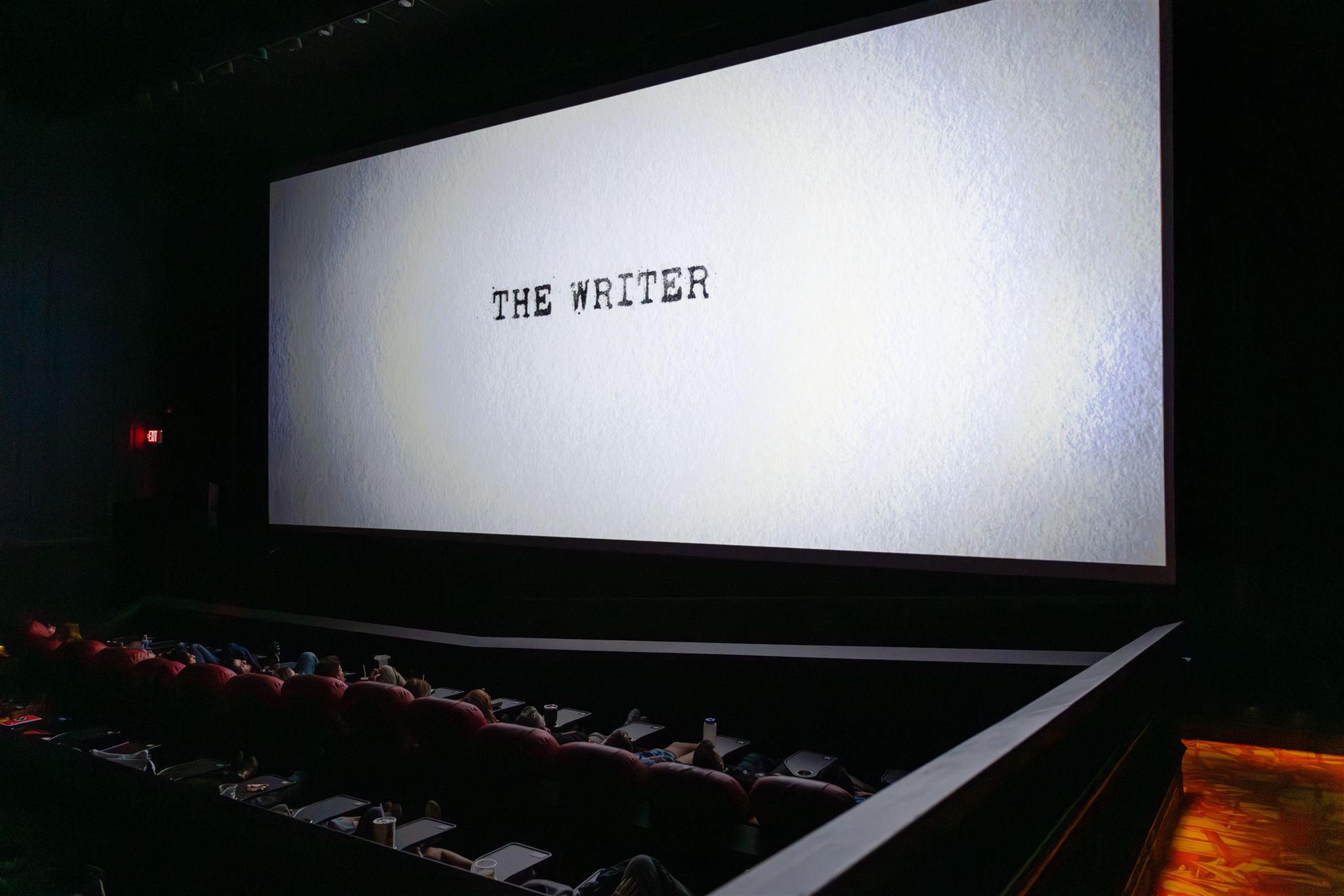Film
What Are Some of the Best Movies That Poker Enthusiasts Would Actually Like?

Poker players watch films differently than typical moviegoers. They notice when a character makes an impossible call without calculating pot odds. They recognize when tournament structures make no sense. They spot terrible tells that no professional would ever display. Yet certain films manage to capture both the mathematics and psychology of poker while telling compelling stories. These movies earn respect from serious players who appreciate accurate portrayals of the game they dedicate thousands of hours to mastering.
The Films That Get It Right
“Rounders” sits at the top of nearly every poker player’s list for good reason. The film shows Matt Damon’s character grinding out small wins at underground games before facing bigger stakes. According to Beat The Fish, the movie ranks first among poker films because it portrays the actual lifestyle of semi-professional players. The script includes realistic hand discussions, proper terminology, and believable betting patterns. John Malkovich’s portrayal of Teddy KGB, while theatrical, demonstrates how physical tells work at the table.
“The Cincinnati Kid” from 1965 remains relevant because it focuses on the psychological warfare between Steve McQueen and Edward G. Robinson’s characters. The film shows long stretches of careful play punctuated by critical decisions. Players appreciate how the movie builds tension through believable betting patterns rather than relying on miracle cards.
How Professional Players Judge Film Accuracy
Professional poker players evaluate films differently from casual viewers. While playing poker requires understanding pot odds and reading opponents, watching poker films demands suspension of disbelief about tournament structures and betting sequences. Films like “The Cincinnati Kid” get credit for portraying realistic tells and table dynamics, while “Casino Royale” receives criticism for its impossible hand progressions. Professional players often point to “Rounders” as the gold standard because it accurately depicts the grind of lower-stakes games alongside the glamour of high-roller tables.
Films that show characters folding strong hands or making calculated bluffs based on position earn respect from serious players. Movies featuring wild all-in bets every hand or miraculous river cards in consecutive scenes lose credibility quickly. The 1998 film “Lock, Stock and Two Smoking Barrels” incorporates card games realistically as plot devices without overexplaining rules. Similarly, “Mississippi Grind” shows the psychological toll and financial reality of gambling addiction rather than glorifying winning streaks.
Modern Takes on Classic Themes
“Molly’s Game” earned praise for depicting the business side of high-stakes poker. As reported by multiple poker publications, the film accurately shows how private games operate, including player credit systems and the role of game runners. Jessica Chastain’s character demonstrates the balance between hospitality and enforcement required to maintain exclusive games.
“Maverick” takes a lighter approach while still respecting poker fundamentals. The film shows Mel Gibson’s character using observation and memory to track cards and read opponents. Though set in the Old West, the poker mechanics remain sound. Players enjoy how the movie treats bluffing as a psychological tool rather than random luck.
The Underground Game Experience
“California Split” captures the grinding reality of mid-stakes poker. Robert Altman’s direction shows long sessions where players slowly accumulate chips through patient play. The film depicts the social dynamics of card rooms, including the regular players, the dealers who know everyone’s habits, and the constant search for profitable games.
Elliott Gould and George Segal’s characters demonstrate different playing styles that exist in real poker rooms. One plays loose and aggressive, creating action and variance. The other takes a methodical approach, waiting for premium hands. Both strategies work in different situations, which the film portrays accurately.
Tournament Poker on Screen
Films about tournament poker face unique challenges. Single-table cash games allow for character development and sustained tension, while tournament-based films must compress hundreds of hands into watchable sequences. “Lucky You” attempts this by showing Eric Bana’s character playing multiple events during the World Series of Poker. The film includes actual footage from the tournament, lending authenticity to the poker scenes.
“All In: The Poker Movie” takes a documentary approach, featuring interviews with professional players discussing strategy and psychology. The film shows how modern poker differs from the Old West saloon games typically depicted in westerns. Players appreciate seeing familiar faces from the professional circuit explaining concepts like position, ranges, and game theory.
Why Accuracy Matters to Players
Poker enthusiasts spend years studying hand histories, calculating equity, and developing reads on opponents. When films show impossible scenarios or misrepresent basic rules, it breaks immersion for knowledgeable viewers. A royal flush beating four aces might create drama for general audiences, but poker players know the astronomical odds make such showdowns virtually impossible in realistic timeframes.
Good poker films respect the intelligence of their audience. They show characters making logical decisions based on available information. They depict the hours of folding and waiting that comprise most poker sessions. They acknowledge that luck influences short-term results while skill determines long-term success.
Films that get these details right earn recommendations within poker communities. Players share clips of well-played hands from movies on forums and social media. They debate character decisions as they would analyze their own sessions. This engagement extends the films’ influence beyond initial theatrical releases, creating lasting cultural touchstones within poker circles.
Conclusion
Poker movies resonate most with enthusiasts when they portray the game with authenticity—both strategically and psychologically. Players want to see believable decisions, realistic table dynamics, and characters who think about hands the way real professionals do. Films like Rounders, The Cincinnati Kid, Molly’s Game, and California Split succeed because they respect the depth, discipline, and emotional challenges of poker. Accurate storytelling not only enhances realism but also honors the culture of the game, making these movies timeless favorites within the poker community.
FAQ
1. Which poker movie is most respected by real players?
Rounders is widely considered the most accurate and authentic poker film among both professionals and serious enthusiasts.
2. Why do poker players dislike unrealistic poker scenes?
They immediately recognize impossible hand outcomes, incorrect betting structures, or exaggerated tells, which breaks immersion for anyone familiar with real gameplay.
3. What makes a poker movie “accurate”?
Realistic betting patterns, believable hands, proper terminology, psychological depth, and decisions based on position or logic—not random luck.
4. Are older poker films still relevant today?
Yes. Movies like The Cincinnati Kid remain popular because their psychological themes and decision-based storytelling continue to reflect real poker dynamics.
5. Why is Molly’s Game praised by poker fans?
It accurately depicts the business side of private games, player credit systems, and the operational challenges behind running high-stakes tables.
6. Do documentaries appeal to poker players?
Absolutely. Documentaries such as All In: The Poker Movie provide real insights from professional players, including strategy, mindset, and modern poker evolution.














